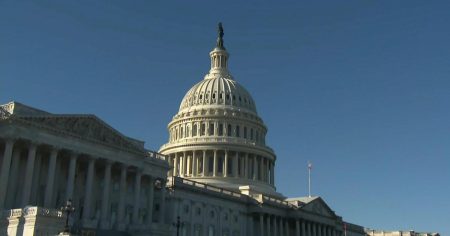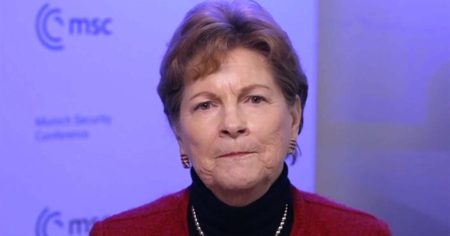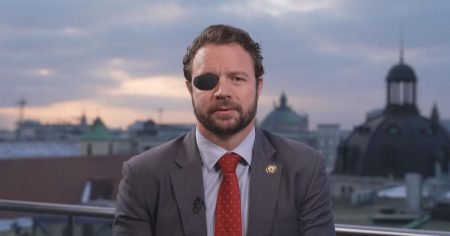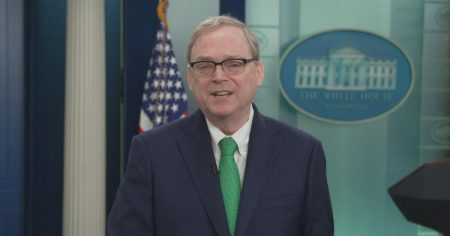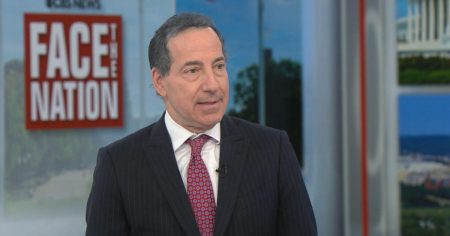A NewEra of Policy Shifts: Donald Trump’s Second Administration Agenda
1. Education Overhaul: Shutting Down the Department of Education and Nationalizing School Choice
Donald Trump’s second administration has unveiled ambitious plans to reshape the U.S. education system, drawing heavily from his “Agenda 47” campaign proposals and the Heritage Foundation’s Project 2025. One of the most contentious ideas is the potential shutdown of the Department of Education, a Cabinet agency established in 1980 under President Jimmy Carter. Trump has hinted at this move, even suggesting that Education Secretary-designee Linda McMahon should “put herself out of a job.” However, the complexities of winding down an agency with billions in federal funding, including Title I money for low-income schools and student loans, pose significant challenges. The White House is still grappling with the legal and logistical hurdles of dismantling such an entrenched institution.
In parallel, Trump’s education agenda includes a push for “universal school choice,” which would use federal funds to subsidize private school tuition. This proposal contradicts the 2024 Republican platform’s promise to “return education to the states,” as it would impose national-level reforms. Additionally, Trump has advocated for ending teacher tenure and granting parents the power to hire and fire school principals, decisions traditionally made by local school boards. While the administration has not detailed how it would achieve such sweeping changes, the early signs suggest a reliance on executive power rather than congressional action.
2. Tightening Restrictions on Abortion Pills and Access to Reproductive Healthcare
Abortion has emerged as a central battleground in Trump’s second term, with the administration pursuing multiple avenues to restrict access to reproductive healthcare. The president, who Flip-Flopped on the issue during his campaign, now appears to align with hardline conservative positions. Project 2025, a key influencer of Trump’s agenda, has called for stricter regulations on abortion pills, including revoking the FDA’s approval of mifepristone, a drug used for medication abortions. If the drugs remain on the market, the administration wants to impose tighter safety protocols, such as limiting the gestation period for dispensing the drug to 49 days and requiring in-person pickups.
Another proposal involves invoking the 1873 Comstock Act, an obscure anti-obscenity law, to block the mailing of abortion-related materials. This measure, though not yet implemented, reflects the administration’s willingness to explore unconventional legal avenues to restrict access to abortion. Additionally, Project 2025 advocates for codifying the Hyde and Weldon amendments, which limit federal funding for abortion-related services, and rolling back Biden-era guidance that requires emergency rooms to provide abortions when necessary to save a woman’s life. Trump’s Health and Human Services secretary nominee, Robert F. Kennedy Jr., has already been tasked with studying mifepristone, signaling the administration’s intent to act aggressively on this front.
3. Targeting Universities: Overhauling Higher Education and Cracking Down on "Wokeness"
Trump’s agenda also includes a radical overhaul of the U.S. higher education system, which he has criticized as a haven for “Marxist maniacs and lunatics.” Central to this effort is a plan to take over the independent accreditation process for colleges and universities, a move Trump has dubbed his “secret weapon” for transforming higher education. The administration has also set its sights on university endowments, particularly those of elite private institutions like Harvard and Yale, which hold tens of billions of dollars in tax-protected funds. Trump has threatened to tax, fine, or sue universities with “excessively large” endowments unless they comply with his policies, including crackdowns on diversity initiatives.
The captured endowment money would then be redirected toward an online “American Academy” offering free college credentials to all Americans. Trump has vowed that this initiative would be “strictly non-political” and free of what he terms “wokeness” or “jihadism.” While this plan is still in its conceptual stages, it reflects the administration’s broader aim of asserting federal control over higher education and reshaping it in line with conservative values. However, legal challenges are likely, as university endowments are protected by donor agreements and would require congressional action to confiscate.
4. Economic Policy: More Tariffs, Tax Cuts, and Rolling Back Labor Protections
Trump’s economic agenda is rooted in his campaign promises of protectionism and tax cuts. He has already imposed tariffs on Chinese goods, though levies on imports from Mexico and Canada remain paused. The administration is also pushing for “The Trump Reciprocal Trade Act,” which aims to reverse U.S. trade deficits and boost domestic production. Additionally, Trump has expressed nostalgia for the pre-income tax era, when the federal government relied heavily on tariff revenue. However, this vision overlooks the modern welfare state, including Social Security, Medicare, and Medicaid, which Trump has promised to protect except for Medicaid.
Tax cuts are another priority, with Trump vowing to exempt tips, Social Security benefits, and overtime pay from income taxes. This plan builds on the 2017 Republican tax overhaul, which disproportionately benefited corporations and the wealthiest Americans. Meanwhile, the administration is also pursuing rollback of federal labor laws, including Biden-era rules that expanded eligibility for overtime pay and gig economy workers’ benefits. Project 2025 calls for weakening the Fair Labor Standards Act and National Labor Relations Act, allowing states and local governments to experiment with labor law waivers. These changes would make it easier for teenagers to work dangerous jobs and harder for OSHA to regulate workplace safety.
5. Foreign Policy: Ending the Wars in Ukraine and Israel
On the foreign policy front, Trump has promised to quickly resolve the wars in Ukraine and Israel, though his rhetoric often clashes with reality. While the Biden administration, with Trump’s transition team involved, negotiated a ceasefire between Israel and Hamas, no permanent peace deal is in place. Trump has further complicated matters by suggesting a U.S. takeover of Gaza. On Ukraine, he has demanded that Europe reimburse the U.S. for the cost of rebuilding military stockpiles sent to the country and recently proposed that Ukraine offer access to its rare earth minerals in exchange for continued U.S. support.
These proposals reflect Trump’s transactional approach to foreign policy, which prioritizes economic and political gains over traditional diplomatic norms. However, they also raise concerns about the viability of such deals and their potential to destabilize already volatile regions. Trump’s actions on the international stage remain unpredictable, leaving allies and adversaries alike uncertain about his next moves.
6. The Broader Implications: A Shift Toward Hard-Right Governance
The policies outlined above offer a glimpse into the broader agenda of Trump’s second administration, which is deeply influenced by hard-right ideologues and think tanks like the Heritage Foundation. From education and healthcare to labor laws and foreign policy, the administration is pursuing a transformative agenda that seeks to upend decades of established norms and institutions. While some of these proposals are still in the conceptual or planning phases, others are already taking shape through executive orders and personnel appointments.
The implications of these changes are far-reaching, with potential consequences for millions of Americans, particularly in areas such as reproductive rights, education access, and workplace protections. As the administration moves forward with its agenda, it will likely face significant resistance from Democrats, civil liberties groups, and the judiciary. However, Trump’s willingness to push the boundaries of executive power and his reliance on hardline conservative allies suggest that he is prepared to fight for his vision of a more polarized and centralized federal government. The coming years will be a defining period for American governance, as Trump’s second term seeks to reshape the nation in ways that could reverberate for generations.







